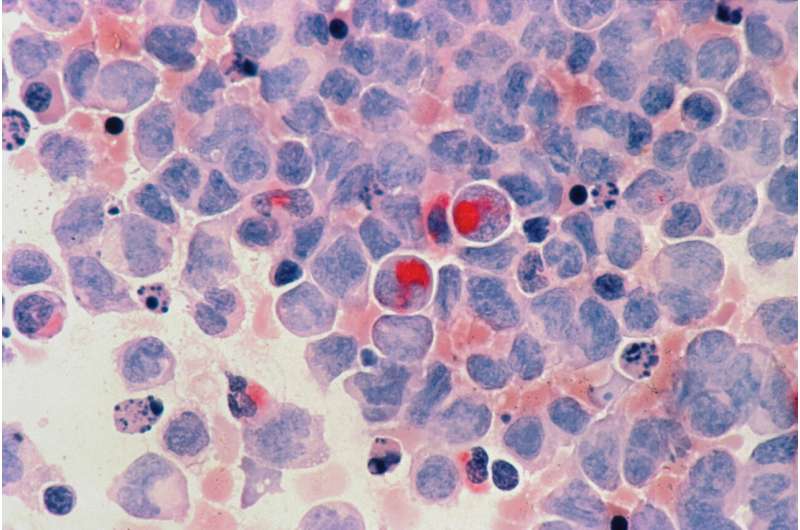Enhanced Long-Term Survival in Some AML Patients Through Sensitive Bone Marrow Testing

Recent research suggests that employing highly sensitive bone marrow tests can significantly improve the long-term outlook for certain younger adults with acute myeloid leukemia (AML). These advanced tests can detect minimal residual disease (MRD), which are low levels of leukemia cells that remain after treatment and often trigger relapse if left untreated. By identifying these residual cells up to three months earlier than traditional methods, clinicians can initiate prompt interventions, thereby potentially doubling survival rates.
The study, conducted and published in The Lancet Haematology, involved 637 AML patients in remission between 2012 and 2018. It compared standard clinical monitoring with an added molecular testing approach that included regular bone marrow tests every three months. The molecular assay focused on mutations in the NPM1 and FLT3 genes, which are prevalent in AML cases among young adults. The findings revealed that patients monitored with these tests experienced a 50% increase in survival prospects compared to those receiving standard care, which typically involves blood tests and physical exams.
Detecting leukemia cells early allows healthcare providers to restart therapies with minimal delay, often before physical signs of relapse appear, increasing the chances of maintaining remission. Dr. Richard Dillon, a senior author, highlighted the importance of early detection in managing the aggressive nature of AML, emphasizing the potential for integrating these tests into routine treatment protocols worldwide.
The researchers are currently collaborating with the NHS to expand the use of this testing method across the UK and believe that similar approaches could be beneficial in managing other types of cancer. AML affects approximately 3,100 individuals annually in the UK, including children, with relapse being most likely within the first two years post-treatment. The incidence of AML has increased by 12% since the 1990s, underlining the urgency for improved detection and management strategies.
Patient stories, such as that of Jane Leahy from Wimbledon, illustrate the life-saving potential of early relapse detection. Her AML relapse was identified early through this testing, allowing her to pursue alternative treatments and successfully regain remission prior to a stem cell transplant.
Experts like Professor Nigel Russell and Professor Marian Knight believe that advancing early detection methods holds promise for transforming AML care, providing hope for better survival outcomes in this fast-moving blood cancer.
Stay Updated with Mia's Feed
Get the latest health & wellness insights delivered straight to your inbox.
Related Articles
Thyroid Therapy Could Enhance Gut Health in Hypothyroid Patients
New research indicates that treating hypothyroidism with thyroid hormones may reduce the risk of small intestinal bacterial overgrowth (SIBO), improving gut health and potentially impacting autoimmune disease prevention.
New Research Indicates Multiple Sclerosis Could Start Decades Before Symptoms Appear
New research reveals that multiple sclerosis may begin developing over 15 years before the first noticeable neurological symptoms, opening possibilities for earlier diagnosis and intervention.
Preferences for Breast Reconstruction in African American Women Highlight Concerns About Complications and Appearance
A new study reveals that African American women prioritize complication risk and appearance when considering breast reconstruction, emphasizing the value of shared decision-making tools to support patient preferences.



